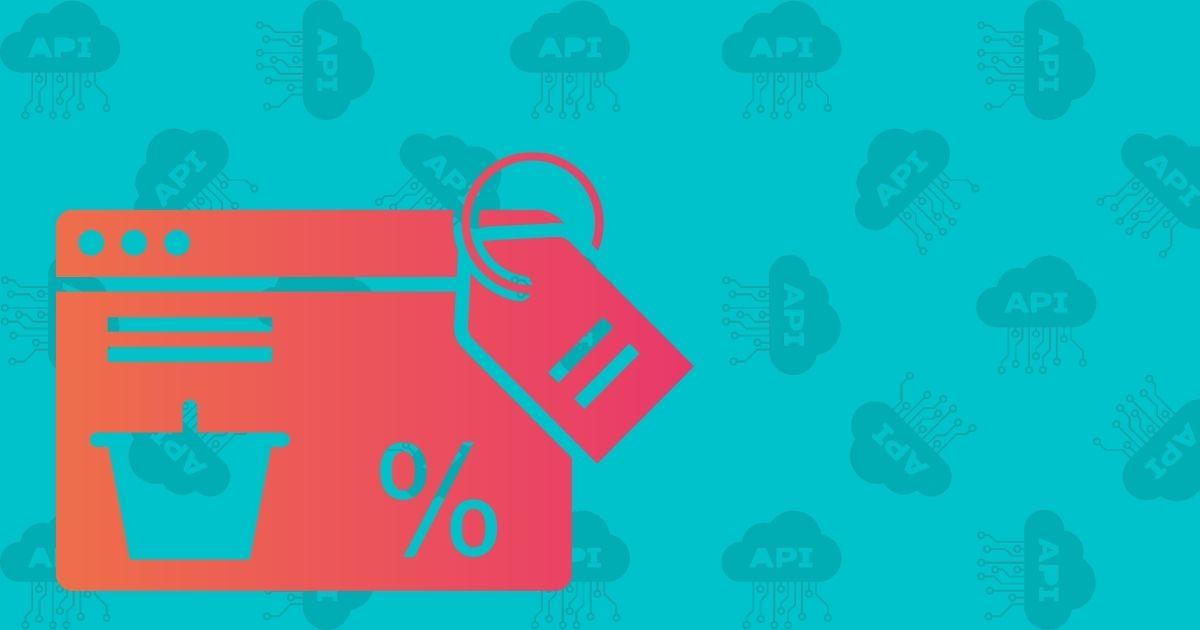
Separating the concerns of data from the concerns of presentation gives you a substantial edge in offering a compelling experience to your customers.
Traditionally eCommerce & Content systems are used to mix the visuals (eg: page templates) with data. It is well understood these days that the two concerns should be separate. This is the beginning of headless commerce and headless CMS.
The main benefits of this approach are:
- Separation of business concerns (data vs visual presentation/UX)
- Better control on user experience (data just comes in a well-defined API and we have all the freedom to implement the ideal user experience). This eventually boils down to faster websites, more channels (eg: app, chatbots), and better UX, all of which results in higher conversion rates
In headless commerce/CMS you think in terms of content blocks.
Let's take the example of the FAQ section of a website:
You can configure an FAQ content block and add data (questions and answers in the case of FAQs) to it. Then the APIs serve this data.
The font-end now has the benefit of "reusing this block" in multiple places. Change the data in one place and it updates automatically everywhere. (Note that this approach is very different from you "typing in" the FAQs on every page where it's needed in the case of traditional website management tools). The new approach adds a lot of productivity to your content management team.
You can also offer multiple visual presentations of the FAQs - in a mobile app menu, a chatbot can use it when users are asking questions, a website can show this block in multiple places.
If you haven't yet thought about this approach in your eCommerce and content strategy it's time to explore. This is the future of eCommerce and Content Management.
For more valuable insights and information, check out these recommended blogs:
